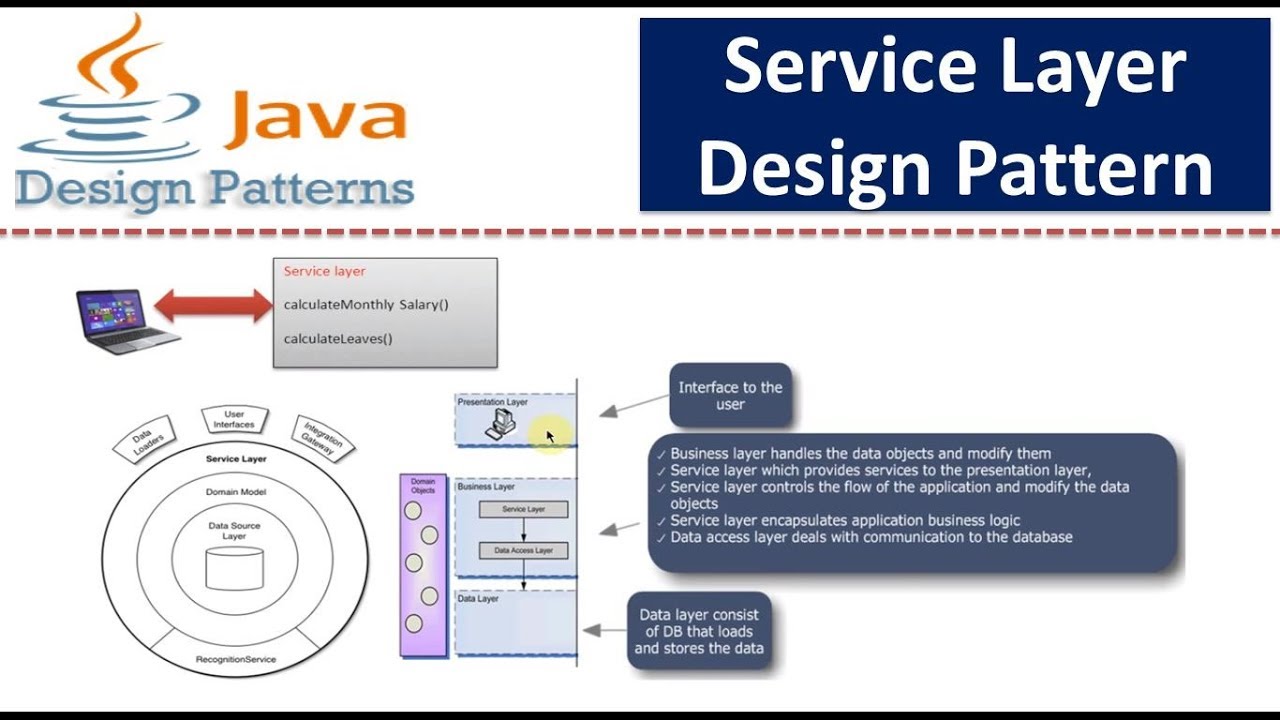Service layer is a software component of a distributed architecture that organizes the business logic of an application. It acts as an intermediate layer between the client tier and the data tier. It processes client requests and initiates appropriate actions on the data tier or other services as required.
The service layer is responsible for implementing complex business logic, authenticating inter-service requests, and adhering to application protocols. It contains business objects, service objects, service controllers, transaction coordinators, and service integrators. The service layer encapsulates business logic in a semantic object graph which facilitates the integration of disparate services.
In distributed architectures, the service layer can be independent of the client and the data tier. It is able to call services on the client and data tiers as required. This is the “service-oriented” architecture popularized by organizations such as Microsoft.
The service layer has its own unique set of challenges, such as complexity, latency, scalability, fault-tolerance, and user authentication. Well-designed service layers should provide multiple robust end points with failover options and advanced security. They should also keep the client and data tiers separate, allowing for easier maintenance and testing.
In summary, the service layer is an important part of distributed architectures that encapsulates business logic and provides access to external services. It enhances performance, scalability, responsiveness, reusability, and maintainability of applications.





